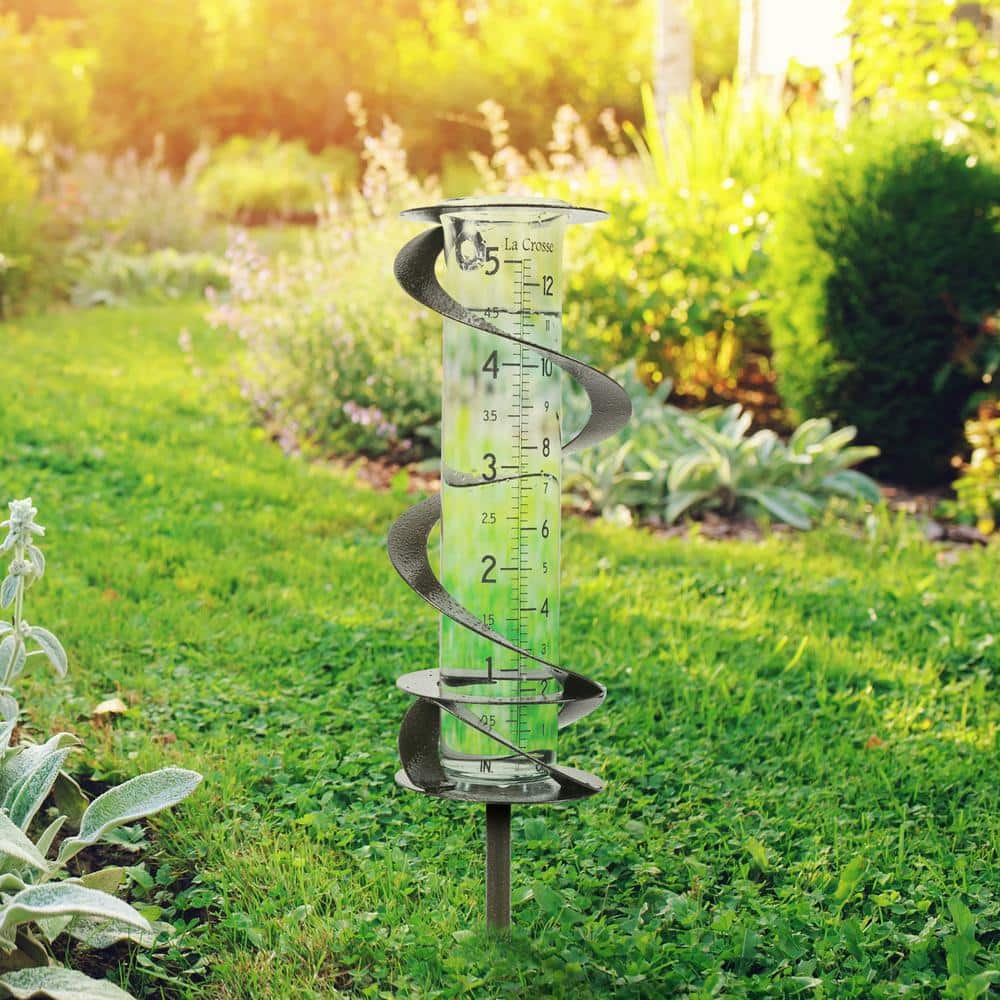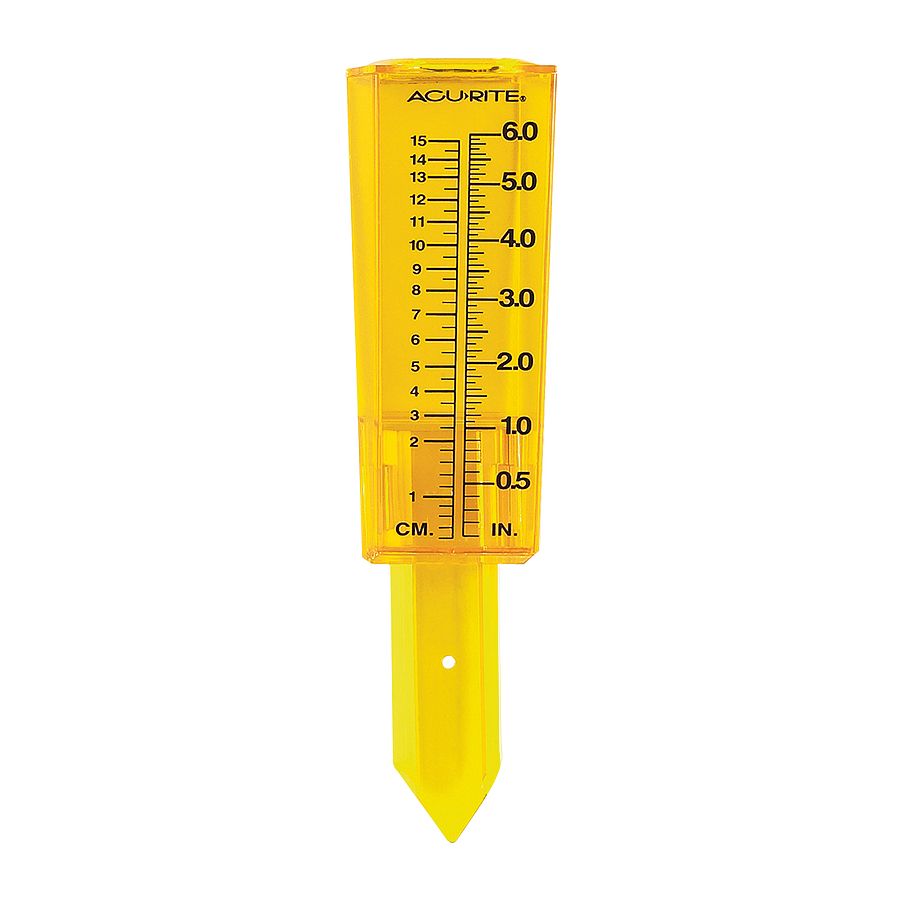The Rain Gauge: Empowering Communities with Accurate Rainfall Data
Wiki Article
Understanding Rainfall Gauge Dimensions: A Total Overview
Comprehending Rainfall Gauge Dimensions: A Complete Guide is a comprehensive resource for anyone seeking a much deeper understanding of rainfall scale measurements. Rain is a crucial consider various sectors, consisting of water, agriculture, and meteorology resource administration. This overview intends to provide readers with a comprehensive understanding of the relevance of rain gauge measurements, the various types of rain evaluates readily available, and how these dimensions are obtained and translated. Furthermore, it discovers the factors that can affect the accuracy of rain scale analyses and provides functional tips for acquiring specific dimensions. Whether you are a professional in the field or just have an inquisitiveness concerning rainfall measurement, this overview will certainly outfit you with the understanding needed to properly use rain scale measurements.The Relevance of Rainfall Scale Measurements
The significance of rain gauge dimensions hinges on their function as a vital tool for precisely checking and examining rainfall levels - The Rain Gauge. Rainfall gauge dimensions give useful data that helps meteorologists and hydrologists recognize patterns and patterns in rainfall, which subsequently aids in various areas such as agriculture, water resource monitoring, and climate study
Precise rainfall measurements are essential for farming as they assist in establishing irrigation demands, crop growth, and yield forecasts. Farmers depend on this information to make enlightened decisions about when to water their crops, avoiding water wastage and ensuring ideal plant wellness. Additionally, rainfall data helps in evaluating the effect of dry spells or too much rains on crop production, making it possible for farmers to take ideal steps to reduce losses.
Water resource administration greatly counts on rain gauge measurements to figure out the amount of water available in reservoirs, lakes, and rivers. Accurate dimensions make it possible for water supervisors to make informed decisions concerning water allowance and distribution, ensuring sustainable usage and stopping lacks. This info is particularly vital in areas where water scarcity is a pressing issue.
Additionally, rain scale dimensions play a vital role in environment research study. By accurately measuring rainfall over expanded durations, researchers can examine long-term environment patterns and determine changes in precipitation patterns because of climate change. This data helps scientists and policymakers create methods to adapt to and minimize the results of climate adjustment.
Types of Rainfall Gauges
There are numerous kinds of rainfall gauges used to gauge rainfall precisely. Each kind has its very own advantages and restrictions, making them suitable for different purposes and settings.One of the most common kind of rainfall scale is the basic round gauge. It consists of a round container with a wide funnel-shaped top to gather rainwater (The Rain Gauge). The water is after that channelled right into a finished determining tube, enabling precise dimension of the amount of rains
Another type is the evaluating rain scale. This gauge makes use of a delicate equilibrium to measure the weight of the collected rainfall. By converting the weight right into quantity, the amount of precipitation can be identified. Considering rainfall determines are specifically helpful in areas with frozen precipitation or heavy rainfall, as they are not impacted by spraying or dissipation.
Tipping bucket rainfall determines use a mechanism that pointers a little container each time it accumulates a particular quantity of rain. The number of suggestions is tape-recorded and made use of to compute the rainfall. This kind of scale is frequently utilized in automated weather stations as a result of its reduced upkeep needs and capability to supply real-time data.
Ultimately, there are radar-based rainfall determines that usage radar innovation to estimate rainfall. These determines gauge the strength of rainfall in a specific location Source by evaluating the mirrored radar signals. They are particularly beneficial for measuring rainfall over huge locations or in remote locations.
Just How Rainfall Scale Measurements Job
Rain gauge dimensions are based upon the concept of gathering and measuring the quantity of rainfall. These tools are created to catch rainwater and give an exact dimension of the rains in a details location.The most usual sort of rainfall scale is the common cylindrical scale. It contains a cylindrical container with a vast opening on top to collect rain. The gathered water is then channelled into a measuring tube, which is adjusted to offer the measurement in devices of length, generally millimeters or inches.
An additional kind of rain scale is the tipping pail gauge. When they reach a certain weight threshold, it uses a seesaw-like device with 2 buckets that tip. Each pointer of the pail represents a certain quantity of rainfall, enabling specific dimensions.
Some innovative rain assesses are outfitted with digital sensing units that immediately document and transfer information. These sensing units utilize various technologies such as ultrasound or laser to measure the amount of rainfall properly.
Aspects Affecting Rain Scale Precision
Ecological variables such as wind, temperature level, and climatic stress can substantially impact the precision of rainfall scale dimensions. Modifications in climatic stress can also impact the accuracy of rainfall scale measurements, as they can alter the rate at which rains is accumulated.Operational variables, on the other hand, refer to aspects associated with the style, installment, and maintenance of the rain gauge. The positioning of the rainfall scale in a location with obstructed air movement or near buildings or trees can result in unreliable readings due to clog or splattering of rainfall. Inappropriate calibration or uneven maintenance of the rain scale can additionally impact its precision.
To guarantee the accuracy of rainfall gauge dimensions, it is important to take into consideration these variables and take suitable measures. This might entail choosing a proper place for the rainfall scale, ensuring correct installment and maintenance, and frequently calibrating the tool. By dealing with these elements, precise and reliable rains measurements can be find out acquired, which are critical for various applications such as weather condition projecting, hydrological researches, and agriculture.
Tips for Accurately Measuring Rain
To why not try here make sure accurate rains measurements, it is essential to execute details strategies and techniques when using a rain gauge. Below are some suggestions for properly gauging rainfall:Appropriate Positioning: Position the rainfall gauge in an open area, far from trees, structures, and various other obstructions that may hinder the rains collection. It needs to be positioned on a level surface area to stay clear of water merging or runoff.

Read the Scale Properly: When taking measurements, checked out the water degree at eye degree from the base of the lens. Stay clear of parallax errors by aligning your view straight with the water degree.
Consistent Time Interval: Set a consistent time period for gauging rains, such as every 24 hr or after each rains occasion. This guarantees exact monitoring and contrast of precipitation information.
Document Measurements Promptly: Record rainfall dimensions immediately after collection to avoid evaporation or spillage. Use a rainfall scale with an integrated data logging function for automated recording.
Final Thought
To conclude, understanding rain scale dimensions is important for accurately measuring rains. Different types of rainfall assesses are offered, each with their very own advantages and limitations. It is very important to take into consideration aspects that can impact the precision of rainfall gauge dimensions, such as evaporation, positioning, and wind. By adhering to the suggestions provided, one can make sure much more dependable and precise rains measurements.Comprehending Rainfall Gauge Dimensions: A Total Guide is a thorough source for anyone looking for a deeper understanding of rainfall scale measurements. Whether you are a specialist in the field or merely have an inquisitiveness regarding rainfall dimension, this guide will certainly furnish you with the understanding required to efficiently make use of rain gauge measurements.
The most common kind of rain scale is the typical cylindrical gauge.The most typical kind of rainfall scale is the standard cylindrical gauge.One more type of rainfall scale is the tipping container scale.
Report this wiki page